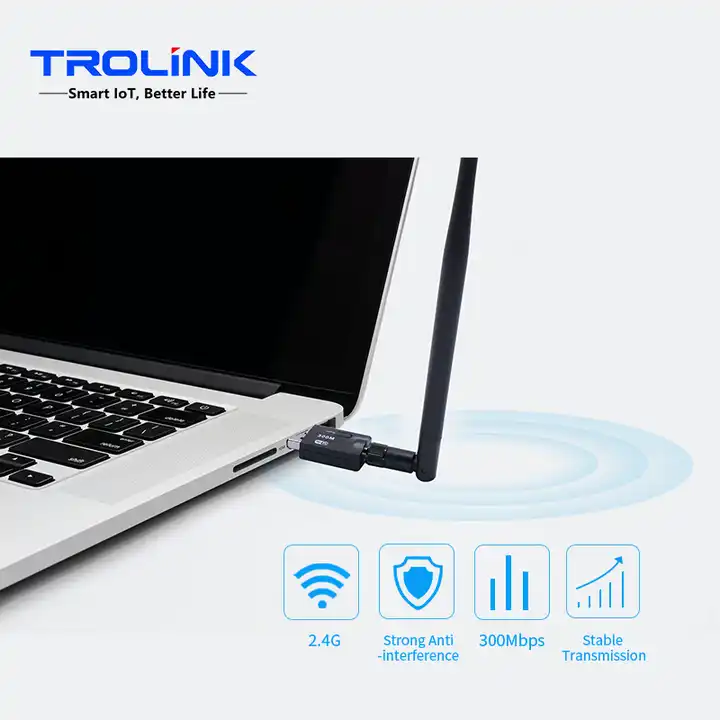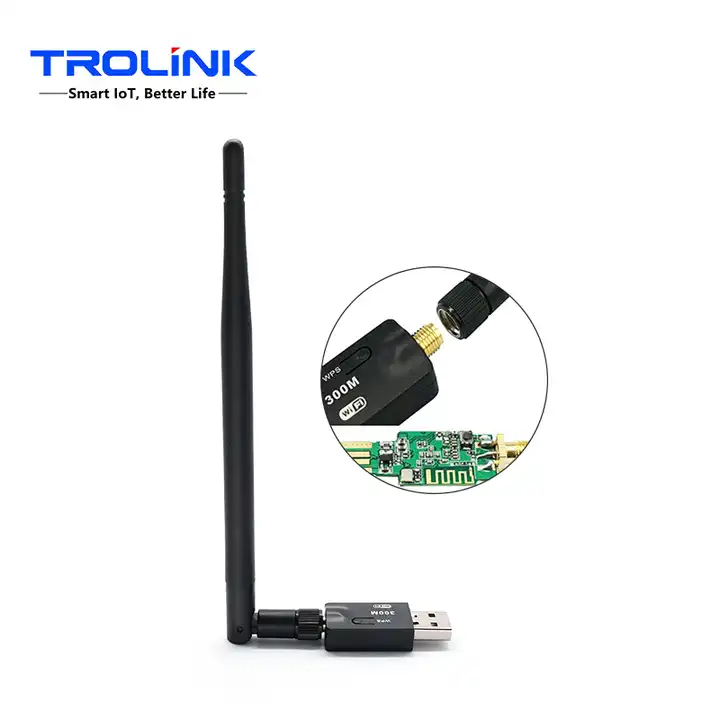In today's technologically advanced era, WiFi dongles play a crucial role in providing wireless internet connectivity to various devices. However, an important question arises during their installation: Do WiFi dongles require additional drivers? This article aims to answer this question comprehensively, discussing the requirements, functions, and potential challenges involved in the installation process.

WiFi dongles, also known as USB WiFi adapters, are external devices that allow devices without built-in WiFi capability to connect to wireless networks. These dongles enable seamless internet access and can significantly expand the connectivity options of devices such as desktop computers, laptops, gaming consoles, and smart TVs.
Drivers are software components that facilitate communication between hardware devices and the operating system of a device. They enable the device to understand and utilize the functionalities of the hardware effectively.
While most modern operating systems come with generic drivers, specific hardware, such as WiFi dongles, may require additional drivers to function optimally. These drivers are often provided by the dongle manufacturer and need to be installed separately.
The need for additional drivers in WiFi dongle installation can be influenced by various factors:
Different operating systems have varying levels of built-in driver support. For example, some older versions of Windows may require additional drivers, while newer versions may have the necessary drivers already included.
The architecture of the device plays a crucial role in determining driver requirement. 32-bit and 64-bit architectures may have different compatibility requirements, resulting in the need for specific drivers.
In some cases, WiFi dongles offer advanced features and customization options that require specific drivers to be installed. These drivers enable users to personalize the dongle's settings, optimize performance, and access additional functionality.
The installation process for WiFi dongle drivers typically involves the following steps:
Visit the manufacturer's website and navigate to the support or download section. Locate the specific model of your WiFi dongle and download the appropriate driver based on your operating system and device architecture.
After downloading the driver, run the installer file and follow the on-screen instructions. These instructions may vary depending on the manufacturer and the driver package.
Once the driver installation is complete, insert the WiFi dongle into an available USB port on your device. The operating system should detect the dongle and establish the necessary connection.
Regularly updating WiFi dongle drivers is essential to ensure optimal performance and compatibility with evolving technologies. Manufacturers often release updates to fix bugs, enhance security, and improve overall stability and performance. It is advisable to periodically check for driver updates on the manufacturer's website or utilize automatic updating software, if available.

In conclusion, WiFi dongles may require additional drivers for installation, depending on various factors such as the operating system, device architecture, and advanced features. It is important to check the manufacturer's website for specific drivers and regularly update them to ensure a seamless and secure internet experience. By understanding the significance of drivers and their role in WiFi dongle installation, users can harness the full potential of these devices and enjoy uninterrupted wireless connectivity.
 Trolink Joint With Tuya to Make Iot Benefit Every Family
Trolink Joint With Tuya to Make Iot Benefit Every Family
 5 Key Indicators for WiFi Module Selection You Have to Know !
5 Key Indicators for WiFi Module Selection You Have to Know !
 IOT module is the brain of smart products
IOT module is the brain of smart products
 What is the signal coverage range of the WiFi module chip?
What is the signal coverage range of the WiFi module chip?